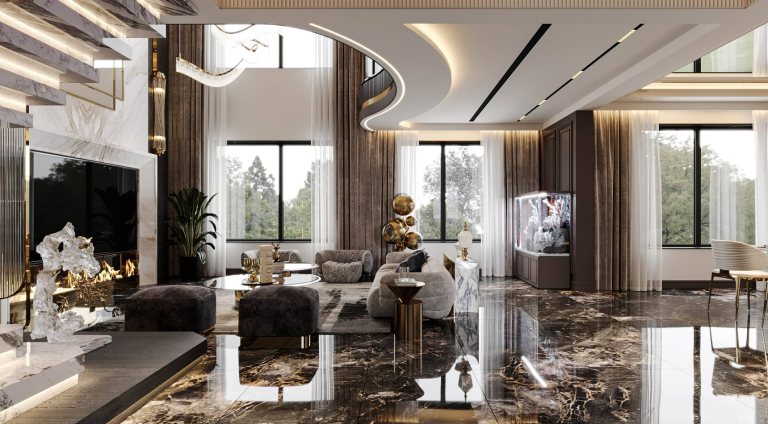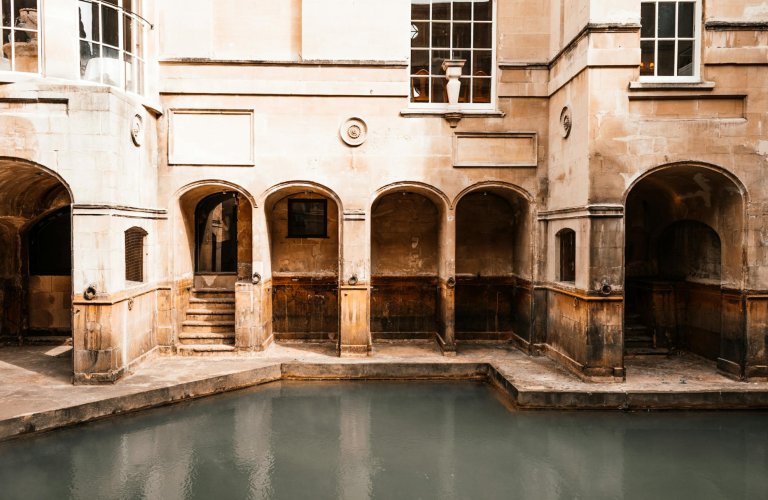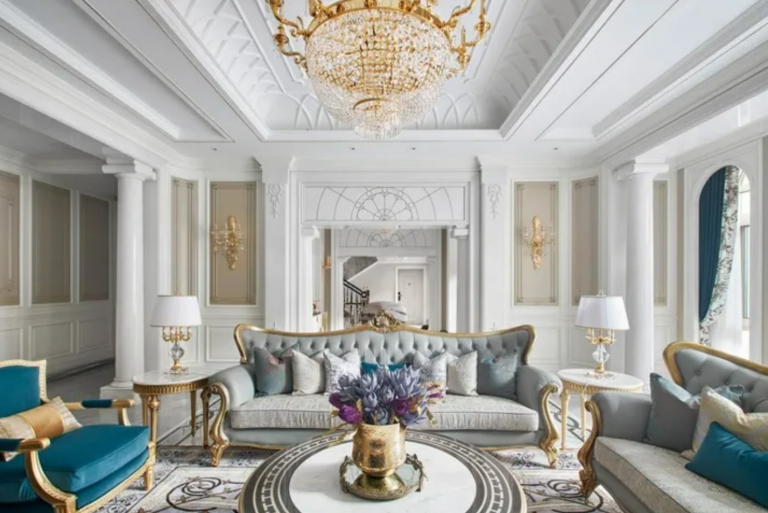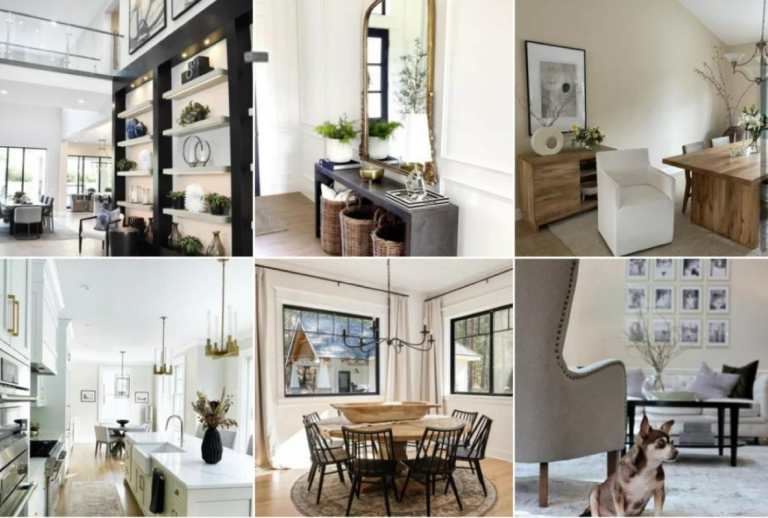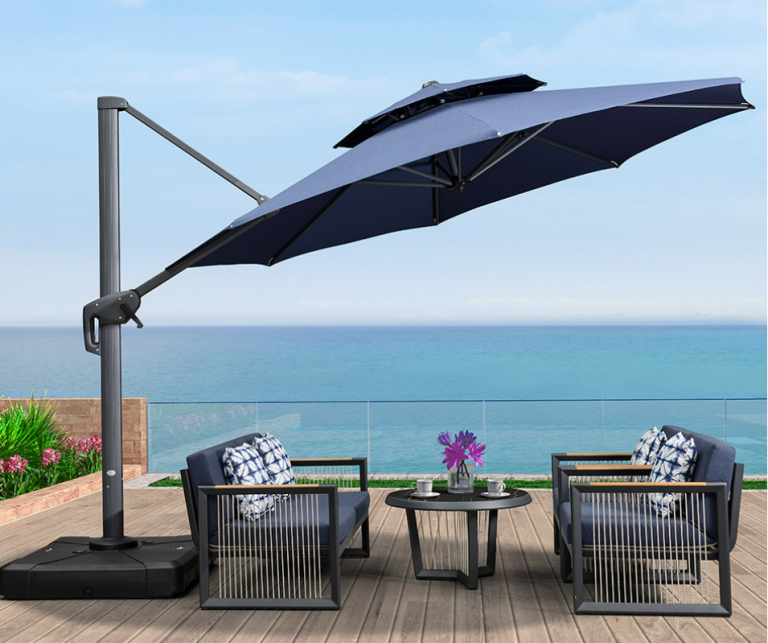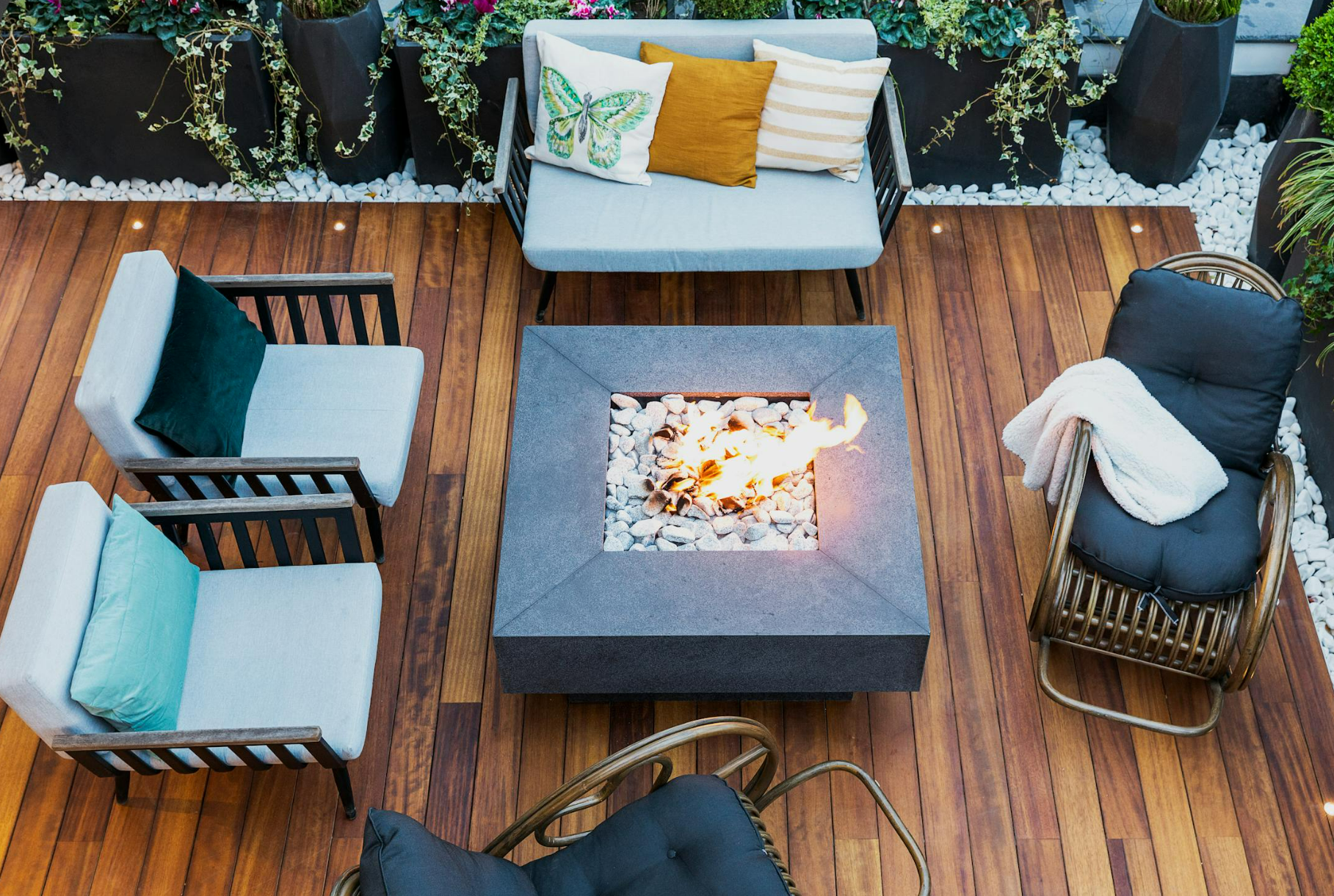
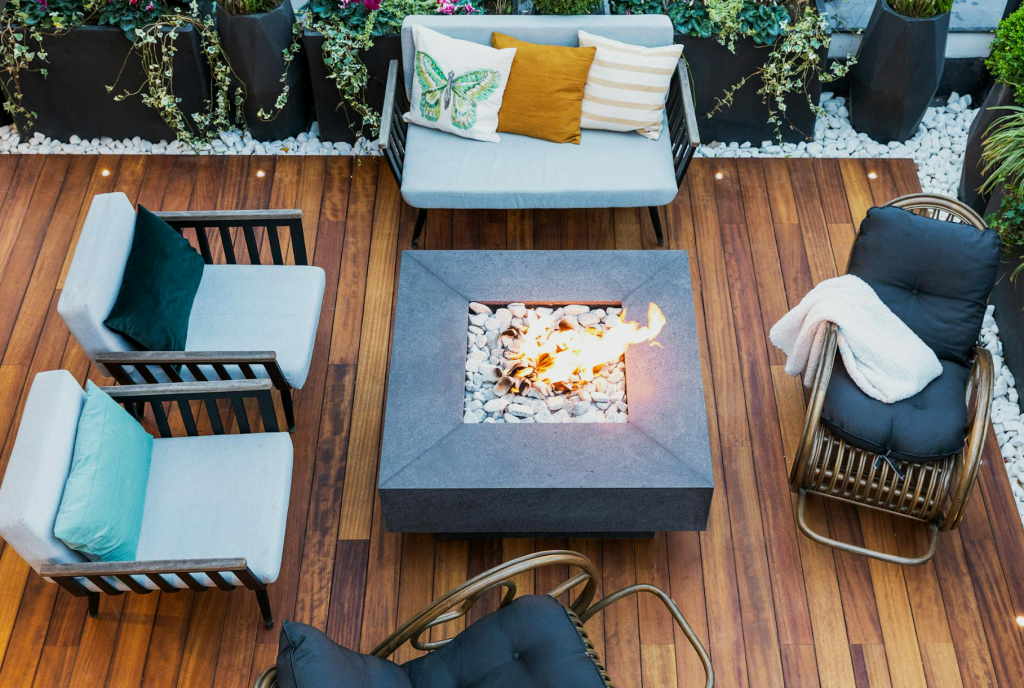
The Rise of Neo-Chinese Style: Modern Interpretation of Traditional Elements
Introduction: Why Neo-Chinese Style Is Taking Over Interiors
Imagine walking into a home where a Ming dynasty-inspired chair sits beside a sleek concrete coffee table, or where ink-wash murals blend with smart lighting. This is Neo-Chinese style—a design revolution that’s redefining luxury, heritage, and modernity in one breath. But why now? As China’s cultural confidence grows, a new generation is reclaiming tradition without sacrificing contemporary edge. Let’s explore how this trend is reshaping interiors worldwide.
1. What Is Neo-Chinese Style? Defining the Aesthetic
The Fusion of Old and New
Neo-Chinese style isn’t about replicating imperial palaces. It’s a curated dialogue between history and innovation—think clean lines meeting intricate latticework, or raw concrete paired with celadon ceramics.
How It Differs from Traditional Chinese Design
- Traditional: Ornate carvings, heavy dark wood, symmetrical layouts.
- Neo-Chinese: Airy spaces, mixed materials (e.g., marble + bamboo), asymmetrical balance.
2. The Cultural Resurgence Behind Neo-Chinese Style
A New Generation’s Connection to Heritage
Millennials and Gen Z in China are rejecting Western-centric minimalism in favor of designs that reflect their identity. Brands like ”Shang Xia” (by Hermès) and ”UMA WANG” are leading this movement.
Global Influence and the “China Chic” Movement
From Paris to New York, ”China Chic” is trending. Luxury hotels and condos now feature Neo-Chinese elements to attract affluent buyers seeking cultural depth.
3. Key Elements of Neo-Chinese Design
Reimagined Traditional Motifs
- Cloud patterns → Abstract wall art.
- Peony motifs → Laser-cut metal screens.
Materials: Where Ancient Meets Industrial
- Weathered teak + polished steel.
- Handmade paper + glass partitions.
The Role of Minimalism in Neo-Chinese Spaces
Less clutter, more breathing room. The philosophy? ”Leave space for the soul to wander.”
4. Color Palettes: Beyond Red and Gold
Modern Neutrals with Poetic Accents
- Base: Creamy whites, soft grays.
- Accents: Ink-blue, celadon green, terracotta.
How to Use Ink-Wash Inspired Tones
Paint one wall in a gradient gray wash or choose muted indigo textiles for a lyrical touch.
5. Furniture: Contemporary Shapes with Classical Roots
The Ming Chair 2.0: Sleek and Sculptural
Designers are stripping Ming-era chairs down to their essential curves, rendering them in light oak or even acrylic.
Low-Platform Beds and Floating Shelves
Inspired by Han dynasty aesthetics, these pieces create grounded yet open spaces.
6. Architectural Details That Define Neo-Chinese Style
Updated Lattice Screens and Moon Gates
- Latticework: Now in black metal or frosted glass.
- Moon gates: Framing modern art installations instead of gardens.
Courtyard Concepts in Urban Apartments
Indoor “courtyards” with pebble floors and a single sculptural tree bring nature inside.
7. Lighting: A Play of Shadows and Modern Fixtures
Paper Lanterns Reimagined
Try LED “paper” pendants or bronze lanterns with geometric cutouts.
Indirect Lighting for a Serene Glow
Hidden cove lights mimic the softness of traditional oil lamps.
8. Textiles and Art: Subtle Cultural Storytelling
Embroidery in Abstract Forms
A single embroidered panel (e.g., a minimalist dragon) beats overcrowded tapestries.
Ceramics as Functional Sculptures
Irregular-glazed vases or asymmetrical tea sets double as art.
9. Neo-Chinese Style in Different Rooms
Living Rooms: Zen Meets Conversation Pit
- A woven daybed + marble coffee table.
- Silk cushions in earthy tones.
Bedrooms: Tranquil Retreats with a Twist
- Platform bed with a linen canopy.
- Black lacquer side tables.
10. Blending Neo-Chinese with Other Styles
Neo-Chinese x Scandinavian: The Ultimate Balance
- Light woods + ink-blue accents.
- Sheer curtains for diffused light.
Neo-Chinese x Industrial: Unexpected Harmony
- Concrete walls + red-lacquered cabinets.
- Copper pendant lights shaped like ancient vessels.
11. Common Mistakes When Designing Neo-Chinese Interiors
Overdoing the “Antique” Vibe
One reproduction artifact is enough. Mix with modern silhouettes.
Ignoring Scale and Proportion
A massive carved screen in a tiny apartment? No. Floating shelves with miniature scholar’s rocks? Yes.
12. The Future of Neo-Chinese Design
Sustainable Innovations
- Bamboo composite furniture.
- Zero-VOC ink-wash paints.
Tech-Integrated Traditional Homes
- Voice-activated moon gate doors.
- AR calligraphy walls.
Conclusion: Is Neo-Chinese Style Here to Stay?
With its timeless elegance and adaptability, Neo-Chinese design isn’t just a trend—it’s the future of culturally rich, modern living. Will your home join the movement?
FAQs About Neo-Chinese Interior Design
1. Can Neo-Chinese style work in small apartments?
Absolutely! Use multifunctional furniture (e.g., a storage bench that doubles as a tea table) and vertical lattice dividers to save space.
2. Is this style expensive to achieve?
Not necessarily. Upcycle antique finds or DIY modern ink-art panels. Invest in 1–2 signature pieces (like a sculptural chair).
3. How do I avoid making it look like a museum?
Balance old and new—pair a Qing-style vase with a sleek concrete console.
4. What plants fit Neo-Chinese aesthetics?
Bonsai, orchids, or bamboo in simple ceramic pots.
5. Can I mix Neo-Chinese with Western decor?
Yes! Try a Chinese lattice headboard with Scandi linen bedding for a global vibe.
